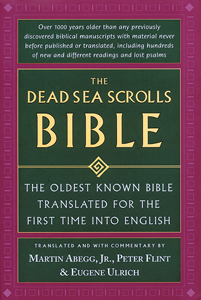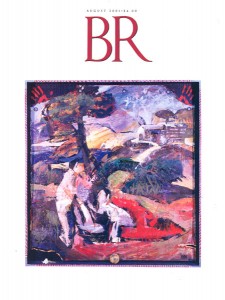
From the earliest discovery of two different versions of Isaiah in Qumran Cave 1 (one a precursor to the received Hebrew text, the other anomalous to Qumran), it was clear that the Dead Sea Scrolls would radically change the history of the biblical text as we knew it. After all, at the time, the earliest known copies of the Hebrew Bible dated from the tenth century C.E. (with the exception of the fragmentary Nash Papyrus, which contains only 24 lines and probably dates to the second century B.C.E.). The Qumran caves provided remnants of more than 250 biblical scrolls dating from the third century B.C.E. through the first century C.E.
The picture was further enriched by the subsequent discovery of biblical materials at Masada and in the Judean desert caves associated with the second-century C.E. Bar Kokhba Revolt against Rome. Together, these documents have opened a window on the biblical text in the centuries that constitute the formative period for postbiblical Judaism and the background for the rise of Christianity.
Already a library member? Log in here.
Institution user? Log in with your IP address.

